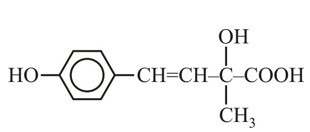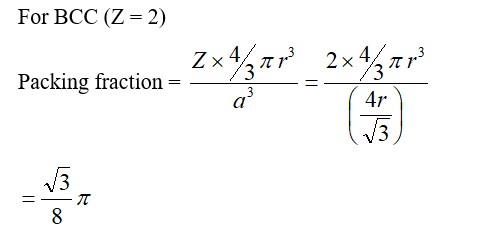1.30 'Stability of a crystal is reflected in the magnitude of its melting points'. Comment. Collect melting points of solid water, ethyl alcohol, diethyl ether and methane from a data book. What can you say about the intermolecular forces between these molecules?
1.30 'Stability of a crystal is reflected in the magnitude of its melting points'. Comment. Collect melting points of solid water, ethyl alcohol, diethyl ether and methane from a data book. What can you say about the intermolecular forces between these molecules?
-
1 Answer
-
1.30 Stability of a crystal is directly proportional to the magnitude of its melting points. Higher is the magnitude of forces holding the constituent particles together, higher will be the melting point and higher will be the stability. Thus ionic crystals (NaCl, KNO3 etc.) have very high melting points and stable crystal lattices. On other hand, molecular solids (naphthalene, iodine etc.) have low melting points and low stability.
The melting points of solid water, ethyl alcohol, diethyl ether and methane are 273 K, 155.8 K, 156.8 K and 90.5 K respectively.Solid water and ethyl alcohol have higher melting points due to presence of i
...more
Similar Questions for you
ΔG° = –RT * 2.303 log K
–nFE° = +RT * 2.303 log K
2 * 96500 * 0.295 = 8.314 * 298 * 2.303 log10 K
10 = log10 K = 1010
It has chiral centre and differently di substituted double bonded carbon atoms.
For FCC lattice
Packing efficiency = 
CsCl has BCC structure in which Cl– is present at corners of cube and Cs+ at body centre
Taking an Exam? Selecting a College?
Get authentic answers from experts, students and alumni that you won't find anywhere else
Sign Up on ShikshaOn Shiksha, get access to
- 65k Colleges
- 1.2k Exams
- 678k Reviews
- 1800k Answers


